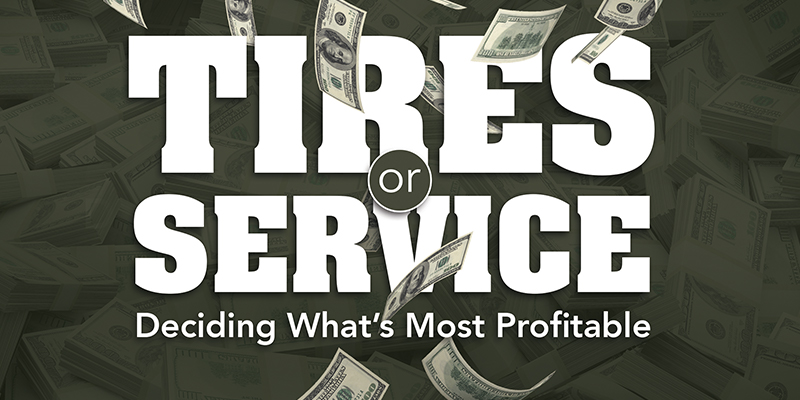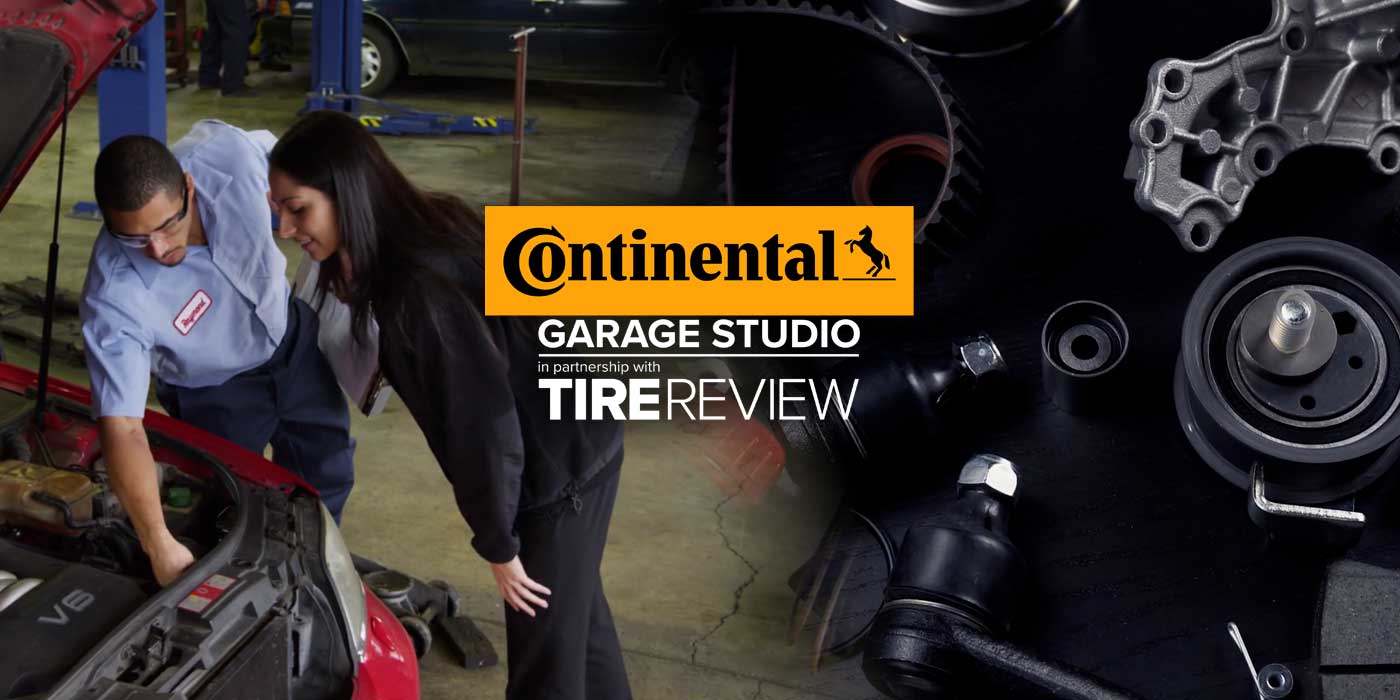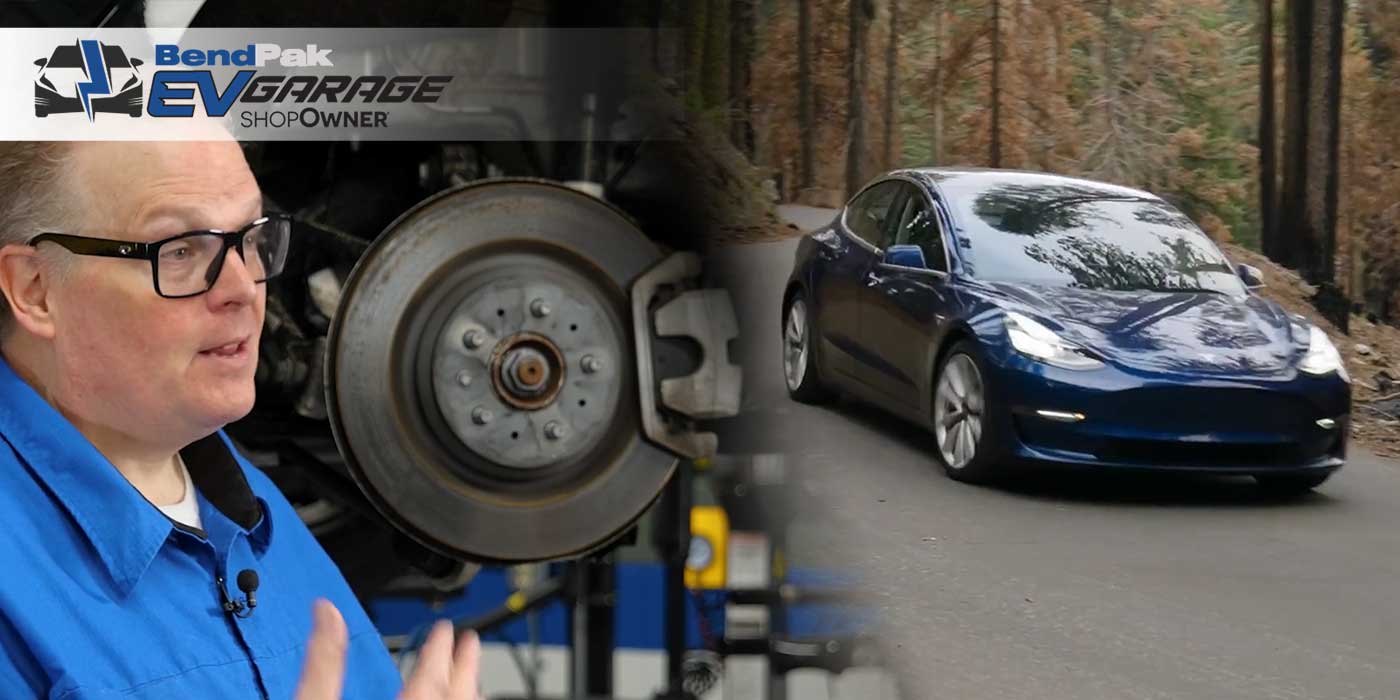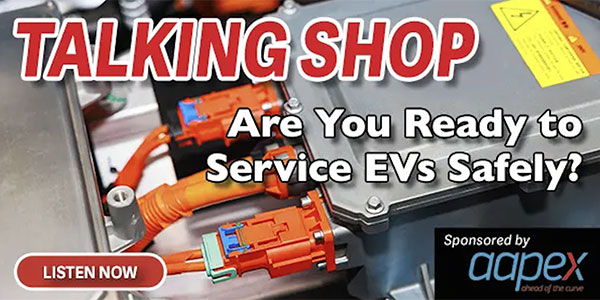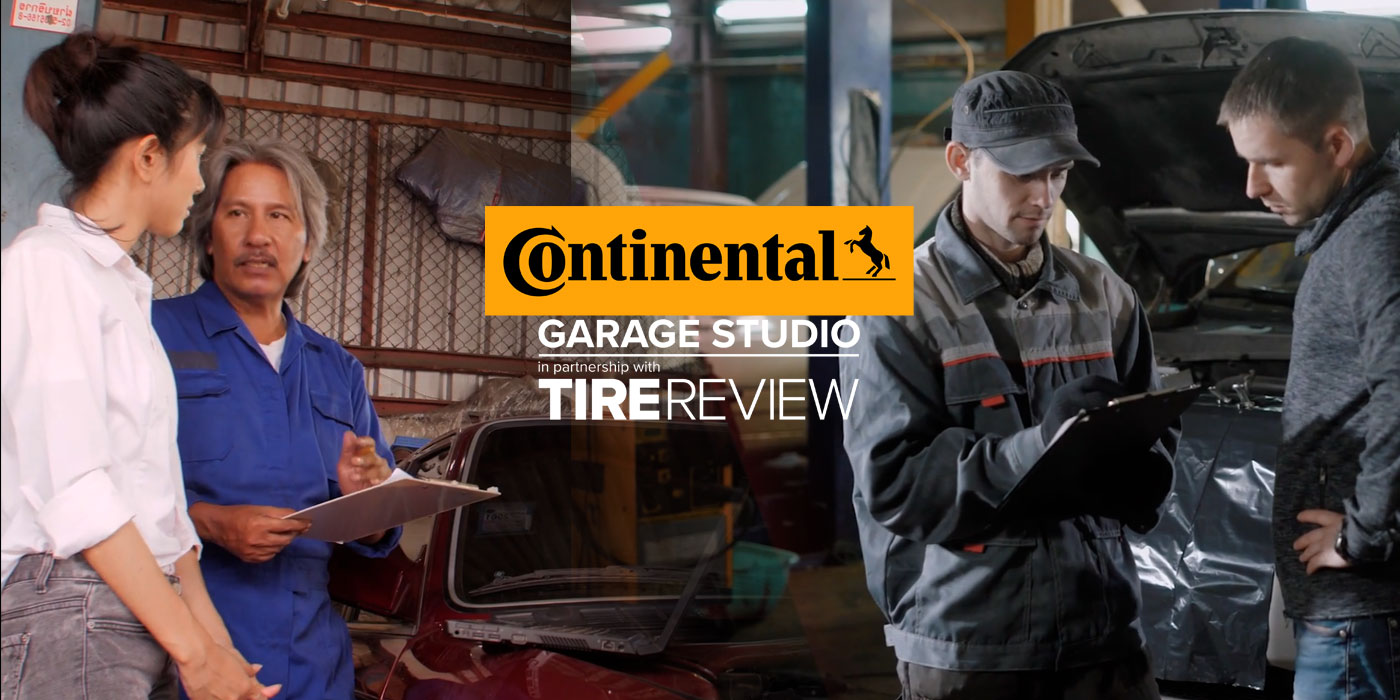Some years back, a group of scientists placed five monkeys in a cage, and in the middle, a ladder with bananas on top. The monkeys, of course, eyed the bananas, and every time a monkey went up the ladder, the scientists soaked the rest of the monkeys with cold water. After a while, every time a monkey would start up the ladder, the others would pull it down and beat it up. Over time, no monkey would dare try climbing the ladder, no matter how great the temptation.
The scientists then decided to replace one of the monkeys. The first thing the new monkey did was start to climb the ladder. The others immediately pulled him down and beat him up. After several beatings, the new monkey learned never to go up the ladder, even though there was no real reason not to except for the beatings. A second monkey was then substituted, and the same behavior occurred. The first monkey even participated in the beating of the second monkey. The remaining three monkeys were changed, and the same behavior was repeated. What was left was a group of five monkeys that never received a cold shower but continued to beat up any monkey who attempted to climb the ladder. If it was possible to ask the monkeys why they beat up on the other monkeys who attempted to climb the ladder, a likely answer would be “I don’t know, it’s always been done that way.”
In the first two articles in this series, ”Effective Pricing” and “Building the Proper Product Screen,” we talked about how many independent dealers are struggling with profitability today, and that by simply focusing on tire sales, they could improve their bottom line. Over the years, so many dealers have left the tire business to focus more on service. They still sell tires, but the lure of higher gross profit service tickets has become a priority. In this article, we’ll focus on making tires a priority with your sales team. It all starts with you and your team believing that you can make money selling tires. In fact, on a bay-by-bay comparison, you can make more money selling tires than selling service. Granted the profit margins are higher in the service business, but businesses pay their bills with dollars not percentages.
By no means am I saying the service business is not important because it is. There just needs to be a balance in the sales mix. At this point, many of you may disagree, and that’s okay. It may be the way you were taught, or you may never have had the chance to truly compare the profit you make off of tires versus service.
We’ve designed a tool to help you evaluate what is best for your shop. The tool is titled “I Love Tires.”
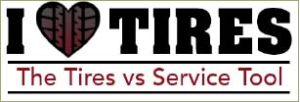
You can find it at: www.tirereview.com/i-love-tires. This link that gives you the opportunity to compare using your own numbers. Below are some parameters that will help you before you begin.
Open the tool on your phone, computer or tablet. The comparison looks at a single bay in your shop and compares what you can make in an hour on average service work and average tire installation.
Service Calculations
- First, enter your shop’s hourly customer labor rate.
- Next, enter the average hourly wage for a technician. It will automatically calculate an additional 25% average to account for benefits, taxes, etc.
- There is an assumption that on average, for every hour of labor there is an equal dollar amount for parts. It also assumes that on average, there is a 50% gross profit on all parts. (Buy it for $100 and sell it for $200 as an example.)
- At the bottom of the sheet, you will see the average “Hourly Total Profit from Service Work.”
Tire Calculations
- The overall assumption is that on average, a technician can install four tires on a vehicle in an hour.
- The first box asks what the average cost is (acquisition price) of a single tire for your store. It will automatically calculate the cost for four tires.
- Next, write the average gross profit percentage you make on a tire.
- Then, write in the average installation cost of a tire.
- The next several boxes are optional services (tire-protection, TPMS rebuilds, nitrogen) so you can get a full picture. If you include these in the installation cost or don’t offer them, just leave them blank and continue down the page.
- Near the bottom, enter in the average hourly wage of a tire technician. It will also automatically calculate an additional 25% average to account for benefits, taxes, etc.
Once finished, scroll to the bottom of the screen and in the green box, it will draw a gross-profit comparison of what your bay will generate on average in one hour, service vs. tires. If the number is in black, tires are more profitable. If the number is in red, service is more profitable.
Feel free to enter different numbers if you want to see how selling “add-ons” or creating a new pricing level will affect profitability.
Be sure to come back to this article to get some additional ideas as you make decisions to increase your profitability.
I’ve been using this tool for years with dealer workshops, and in the vast majority of cases, tires are more profitable. I’ll draw a comparison to the monkeys at the beginning of this article. Many of you have been taught over the years that service is more profitable than tires, and hopefully, this exercise opened a few eyes. Service is certainly an important part of the sales mix and should not be de-emphasized. In fact, research has shown that about 75% of tire customers will purchase their service work from the same dealer they bought tires from if they are happy with the experience. The opposite is not always as true.
MORE: Tire Review’s 2018 November Issue
A Focus on Tires
So how do you make tires a priority with your team?
You should first keep in mind tire customers do not like to wait. They expect tires to be installed quickly, and a best practice would be to establish a standard in the business to have the tire customer in and out in an hour or less. Below are four ideas that will help with prioritizing tires in your business.
1. Review Your Pricing
Hopefully, you have reviewed your pricing and product screen as suggested in my past two articles. Assuming so, establish a pricing strategy for the business and make sure your team fully understands it.
2. Communicate Your New Mission
Hold a team meeting and talk about the renewed focus on tires sales. If they have not participated in the exercise above, walk everyone through the numbers so they are fully engaged.
Showing them exactly why you’re shifting the shop’s focus – and in turn, shifting theirs – allows them to be better invested in your renewed mission.
From the start of the meeting, you need to relay to your staff to convey the image of being true tire professionals. Discuss the importance of educating your customers. Basics include:
- Inspect and test all TPMS sensors and verify that sealed caps are in place before and after the installation.
- Alert the customer beforehand if a problem is present.
- Verify size/speed/load rating of the new tires to make sure they match your door placard.
- Replace valve stems or rebuild TPMS sensors on every vehicle once the tire is removed from the rim to ensure there are no air leaks.
- Properly torque all your lug nuts to factory specification to ensure proper clamping force.
- Relearn the TPMS sensor when needed.
At the end of the meeting, review the tire sales process and make sure all understand and embrace the basics.
3. Separate Tire Service
If you want to improve tire sales, designate one bay as a tire bay. This will help distinguish the tire service process from the undercar process and places an emphasis on the importance of tire sales.
- Make sure the tire changing and balancing equipment, tire tools and supplies are all within close proximity to improve efficiencies. Remember, you want the installation process to be an hour or less.
- It may be tough at times but work to keep the tire bay open whenever possible. If space is needed, make sure that the vehicle coming into the tire bay for service will be in and out in a fairly short timeframe.
- It never hurts to clean the bay and paint it a different color. The different color may prompt customers to ask why the bay is different, which is an opening to explain that the tire bay is designed for speed. Let customers watch the process and see how efficient your team is. This is basic marketing and supports the promise of fast service and tires being a priority.
4. Reset Your Marketing
Review your marketing, advertising and merchandising to attract tire-buying customers into the store. Marketing efforts need to drive increased traffic to keep the bays full.
- Differentiate your business from the competition by conveying an image of professionalism, level of customer service and know-how unsurpassed in the industry.
- Make the tire-buying experience simple, straightforward and pleasant.
- Create a competitive advantage that will lead to increased customer loyalty.
- Work on strengthening your value proposition. Consider a 59-minute or less installation guarantee. Look at a roadside assistance program, tire protection package, complimentary alignment check with a tire purchase and a 30-day ride guarantee.
Final Note
Tires can certainly be a profitable part of your sales mix. Like building any segment of your business, you should take a step back and define the process. Market pricing will fluctuate, and you need to stay on top of what the competition is doing. Evaluate your online profile on a regular basis and modify as needed. Look for specials from your suppliers and take advantage of the opportunities when they make sense. If you’re setting your sales price based on dollars, I encourage you to change to a percentage calculation. It may not seem like a lot, but over time, the pennies will add-up.
In addition, review your product screen and find the brands that are the best fit in your market. If there is a product line available that you could market exclusively, consider adding it to your mix. Streamline the product offering where possible to take advantage of the back-end incentives and simplify the selling options.
Finally, make tires a priority in your business. Get your team focused so they can clearly see the profit opportunity. Talk about the sales process and review your marketing approach. Tires may be a commodity, but review the numbers and you’ll realize that you truly can make money selling tires. One of the most damaging phrases in the English language is, “It’s always been done that way.” In the case of tires vs. service, it doesn’t have to be.
A tire industry veteran and retail business consultant of 40 years, Dave Crawford is President & COO of The Hybrid Shop franchise. He can be reached at [email protected].

